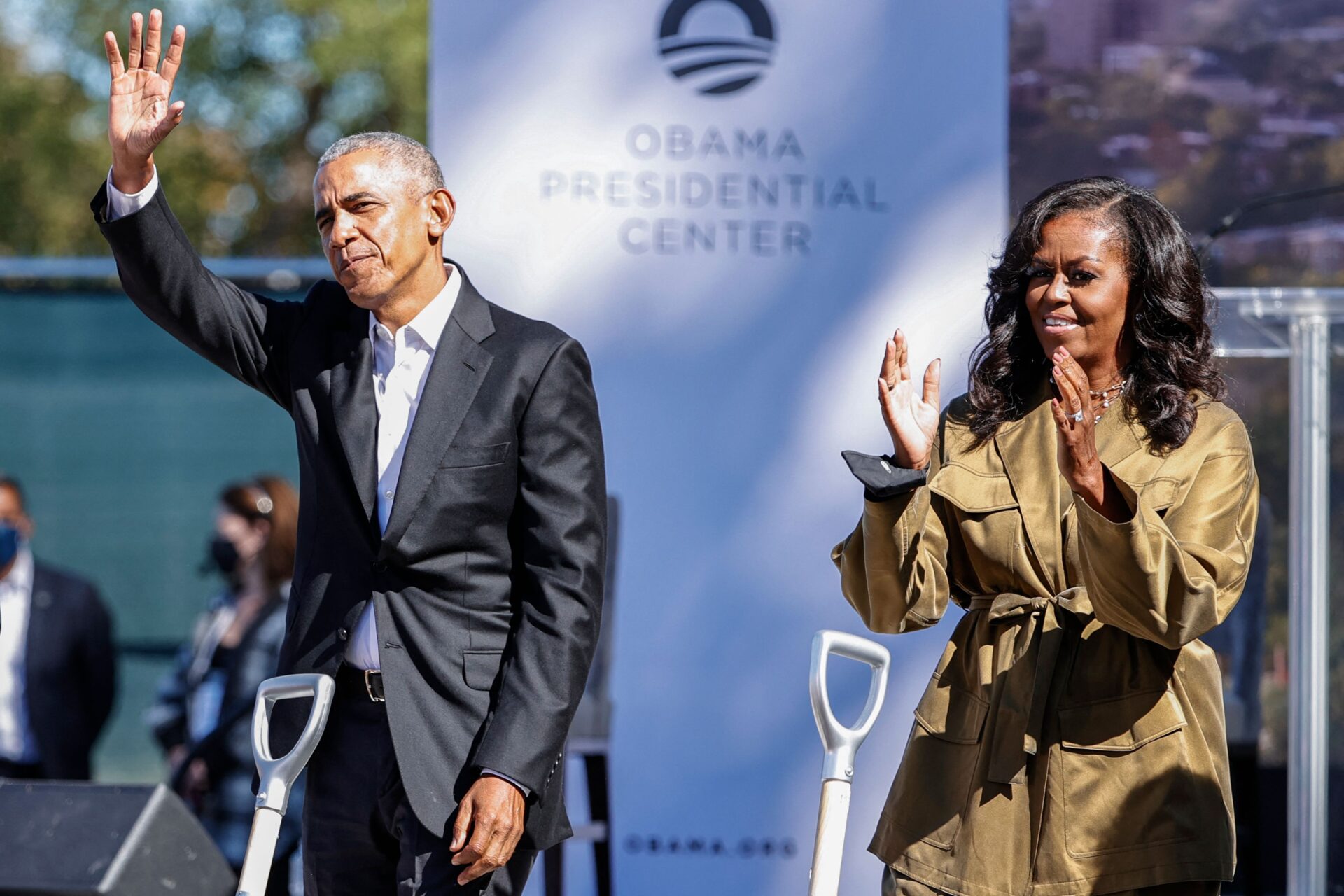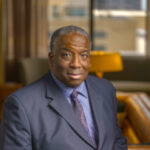
December 4, 2023
Harnessing The Power Of The Black Dollar To Create A Self-Sufficient Community
The Barack Obama Presidential Center presents a generational opportunity to catalyze Black economic development in the Woodlawn neighborhood on Chicago’s South Side.
Written by Thomas McElroy
Many of Chicago’s eminent institutions and significant amenities—the University of Chicago and its medical center, Jackson and Washington Parks, a commuter rail line—lie within, or border Woodlawn, a predominantly Black neighborhood. Despite these solid underpinnings, the real estate development community has been reluctant to invest in the South Side area. That is about to change. The planned opening of the Barack Obama Presidential Center in 2025 represents a generational opportunity to fuel economic development if it is done right.
One only needs to look at the contrasts among Chicago neighborhoods to conclude that neighborhoods that lack a voice over their future tend to have the lowest income levels. Therefore, any plan to leverage the Obama Center to drive Woodlawn’s economic development must focus on building a self-sufficient neighborhood, wherein retail and amenities attract spending.
Importantly, those dollars must stay within the community to generate wealth and enhance property and business values. This will draw more investment, which in turn will further empower the community to determine its future.
Chicago Engages Black Development Assets
To a certain extent, we’re already seeing this dynamic at play across a host of Chicago neighborhoods as a result of the city’s Invest South/West program. The genius of this $2.2 billion public-private initiative has been to embrace and empower Black and Brown developers to catalyze economic investment.
In awarding high-value projects to dozens of minority- and women-owned enterprises, Chicago is making the architecture, engineering and construction trades more equitable and representative of its residents. This infrastructure-building process is self-sustaining, allowing contractors to qualify for bigger jobs and make further capital and people investments. With the transparent success of the Invest South/West model, developers from Florida, Tennessee and Texas at the University of Chicago’s inaugural Diverse Developers Conference planned to design similar programs.
In Woodlawn, the Obama Center will be the catalyst. The museum, library and education project is expected to attract 1 million tourists a year, a far greater number than the 750,000 visitors Obama predicted at the groundbreaking in 2021. Many of these visitors are going to be Black families, some of whom are making their first-ever trip to Chicago. If hotels, Black-centric restaurants and shopping amenities in close proximity are not safe and accessible, these tourists will simply visit the Obama Center and leave, spending discretionary monies outside of the community.
Recognizing this economic development opportunity, Chicago’s Apostolic Church of God and prominent Black leaders of Chicago’s South Side have launched plans for a nucleus of housing, offices, retail, performing arts, lodging and other uses around the Obama Center rail station. Serving Obama Center visitors will play a significant part in reversing the neighborhood’s decline and creating prosperity on its own terms. Much like Invest South/West, the Woodlawn Central development possesses the potential to provide Black and Brown developers around the country with a blueprint from which to draw inspiration or even duplicate.
Any such modern economic development project also will require a substantial investment in infrastructure, from transit to technology. Though they can be costly, these investments pay dividends: Transit breaks down barriers to employment by shuttling people to and from jobs, and technology opens multiple avenues of opportunity to entrepreneurs.
Black Equity Requires Black Investment
Traditionally, the inability to find financing has been a roadblock to Black neighborhood renewal efforts, especially for Black developers. Quite frankly, fundraising is still a challenge. However, by harnessing the Black dollar, Woodlawn Central aims to bring investment capital for the direct benefit of Black developers, who are integral to the community and best understand its needs.
An increasing number of Black businessmen and women, in financial services and other industries, are building a store of investible capital and connections in the private equity markets. Black-led real estate development is not only a natural extension of Black and Brown-inspired growth and development in other parts of Chicago, but also will energize and support Black businesses, creators, innovators and residents.
RELATED CONTENT: National HBCU Week Focuses On Career Pathways And Economic Development

Thomas D. McElroy II is the principal and CEO of Level-1 Global Solutions.